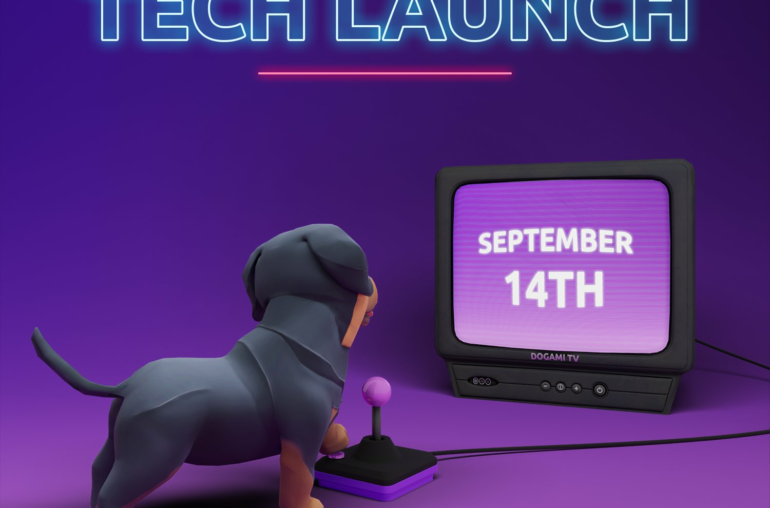By Isaiah Poritz
The digital artist behind “MetaBirkin” nonfungible tokens can’t present testimony from an art critic who studies the work of Andy Warhol, Judge Jed S. Rakoff ruled on the first day of a novel trademark trial involving Hermès International SA.
That may ultimately doom Mason Rothschild’s ability to compare his NFTs to the famous art created by Warhol, like his silk-screen prints of Campbell’s soup cans, Rakoff said Monday in the Southern District of New York. Rakoff granted, without detailed discussion, Hermès bid to exclude testimony from famed art critic Blake Gopnik.
The judge said Gopnik, an expert witness supporting Rothschild’s contention that his NFTs are protected artistic expression, would have been the only person who could introduce the analogy between Warhol and Rothschild’s art.
MetaBirkins fell within the “Business Art” practice that Warhol pioneered, according to Gopnik’s pre-trial testimony. Gopnik authored “Warhol,” a 2020 biography of the artist.
Hermès is arguing that Rothschild’s NFTs infringe on the fashion house’s trademark rights to the famous Birkin handbag. His use of the Birkin name to sell and advertise the NFTs on website domain names and social media handles has caused consumers to incorrectly believe the project is endorsed by Hermès.
The MetaBirkin NFTs, which are bought and sold using blockchain technology, link to digital images of Birkin handbags covered in cartoonish, colorful fur instead of leather. Rothschild is arguing that the First Amendment protects his right to sell art that uses the trademarks owned by corporations.
“Hermès wants you to believe only one thing: He is a business guy or he is an artist,” said Rothschild’s attorney Rhett Millsaps of Lex Lumina PLLC said during opening remarks. “He is both.”
Both parties had moved to exclude evidence and witness testimony in the week leading to trial. Hermès argued in court filings that Gopnik shouldn’t be allowed to testify because his expertise in art history isn’t based on reliable data or a clear methodology.
It also said he wouldn’t be helpful to the jury because he has simply recited evidence already on the record.
Rakoff later chided Hermès’ attorneys for over-complicating their explanation of what NFTs are and how they work, saying that the jury appeared puzzled.
The testimony of Hermès’ expert witness, data science professor Kevin Mentzer, was “far more confusing than helpful,” he said.
On the stand, Mentzer suggested that a MetaBirkin NFT is the piece of computer code found on the blockchain that is labeled “MetaBirkin.” He noted that the digital image associated with the NFT can, and did, change over time.
When the NFT was first created, the associated digital image showed what appeared to be a handbag shrouded in a white cloth and the text “Future Home of MetaBirkin,” Mentzer said. The image later changed to digital depictions of the Birkin bags covered in fur.
Rakoff appeared skeptical, noting that Mentzer’s original report seemed to indicate that the MetaBirkin NFT is the digital image.
Baker & Hostetler LLP represents Hermès. Lex Lumina PLLC and Harris St. Laurent & Wechsler LLP represent Rothschild.
The case is Hermes International v. Rothschild, S.D.N.Y., No. 1:22-cv-00384, 1/30/23.
To contact the reporter on this story: Isaiah Poritz in Washington at iporitz@bloombergindustry.com
To contact the editors responsible for this story: Adam M. Taylor at ataylor@bloombergindustry.com; Jay-Anne B. Casuga at jcasuga@bloomberglaw.com
To read more articles log in.
Learn more about a Bloomberg Law subscription


